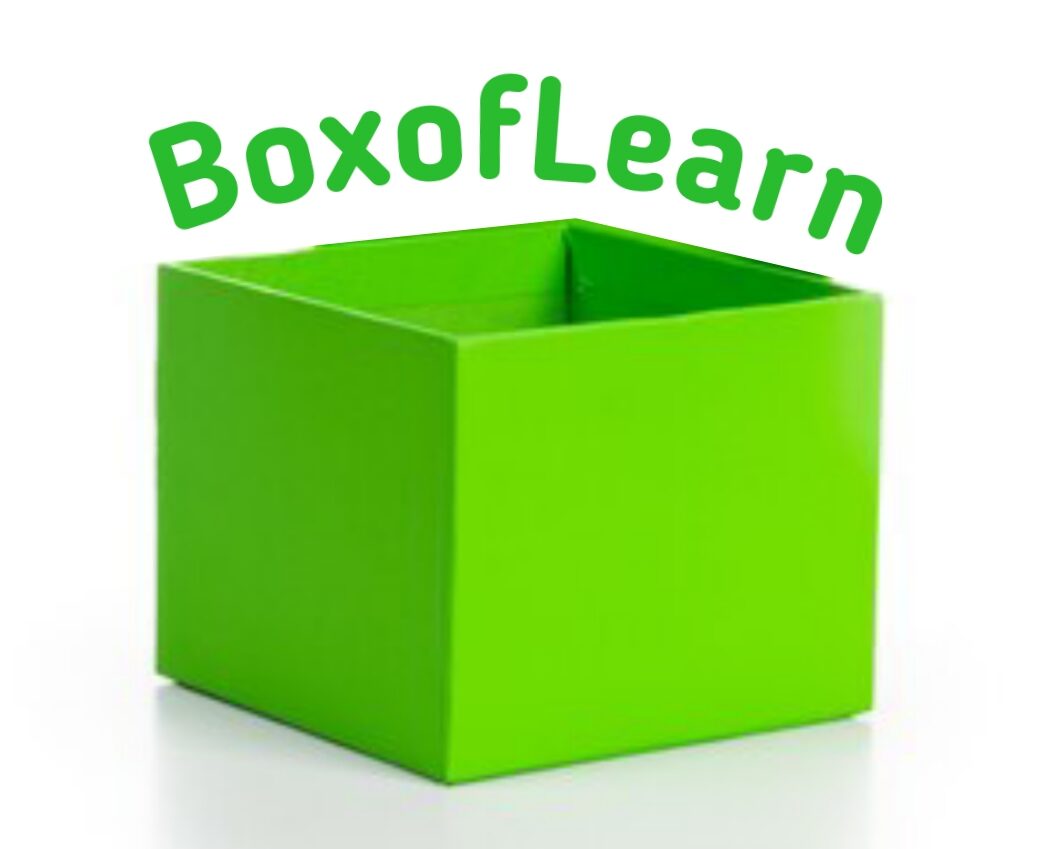Data Science – What is Data?
In data science, Data can come in many forms and can describe anything from numbers in a spreadsheet to text in social media posts, images or even audio recordings. Why is Data Important in Data Science? Data is the driving force behind data science. Without data, there would be no insights to draw, no predictions … Read more
